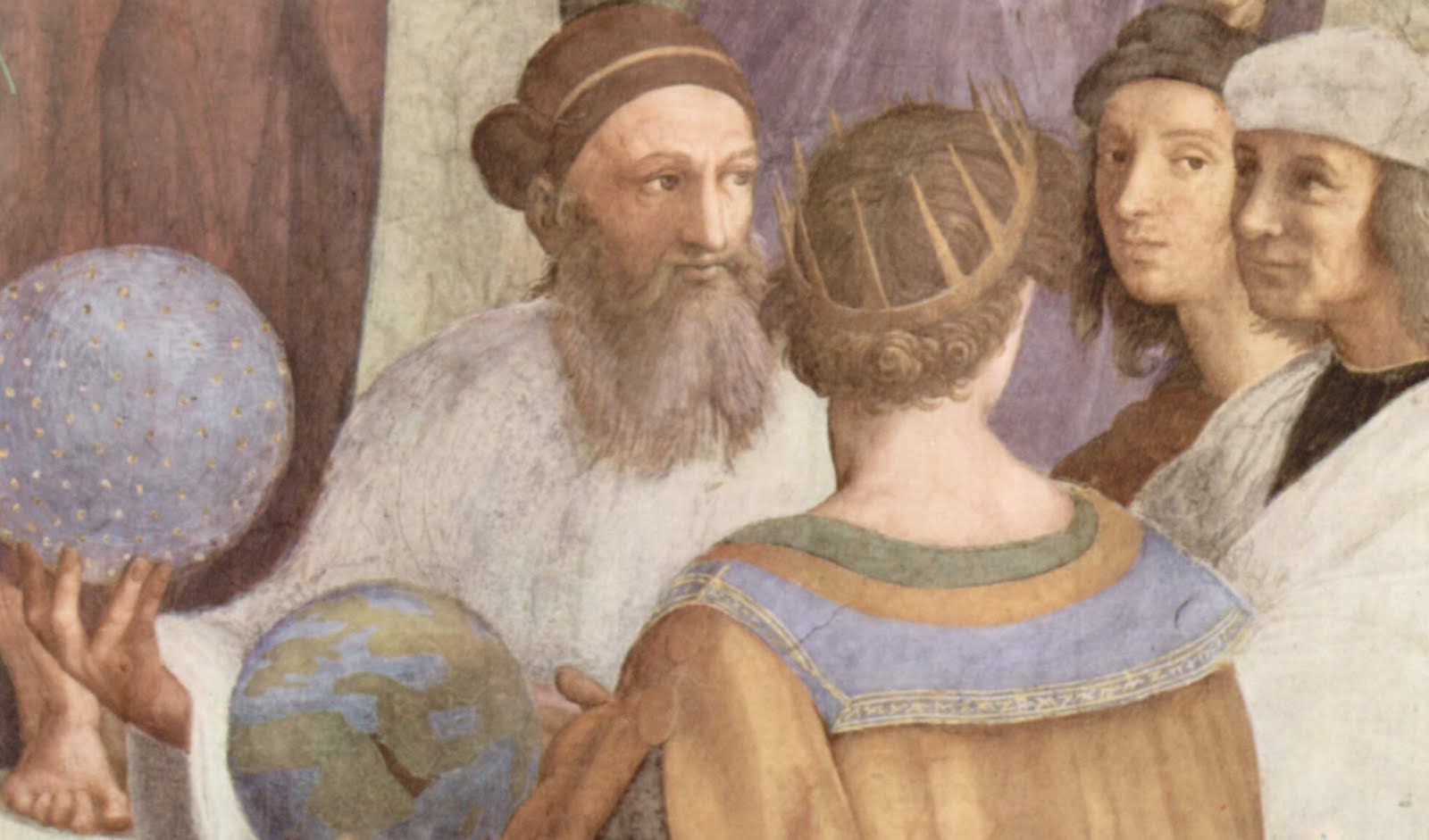Zoroastrianism has influenced Star Wars and Game of Thrones – and characters as diverse as Voltaire, Nietzsche and Freddie Mercury have cited it as an inspiration. So what is Zoroastrianism? Joobin Bekhrad finds out.
Talk of ‘us’ and ‘them’ has long dominated Iran-related politics in the West. At the same time, Christianity has frequently been used to define the identity and values of the US and Europe, as well as to contrast those values with those of a Middle Eastern ‘other’. Yet, a brief glance at an ancient religion – still being practised today – suggests that what many take for granted as wholesome Western ideals, beliefs and culture may in fact have Iranian roots.
Even the idea of Satan is a fundamentally Zoroastrian one
It is generally believed by scholars that the ancient Iranian prophet Zarathustra (known in Persian as Zartosht and Greek as Zoroaster) lived sometime between 1500 and 1000 BC. Prior to Zarathustra, the ancient Persians worshipped the deities of the old Irano-Aryan religion, a counterpart to the Indo-Aryan religion that would come to be known as Hinduism. Zarathustra, however, condemned this practice, and preached that God alone – Ahura Mazda, the Lord of Wisdom – should be worshipped. In doing so, he not only contributed to the great divide between the Iranian and Indian Aryans, but arguably introduced to mankind its first monotheistic faith.
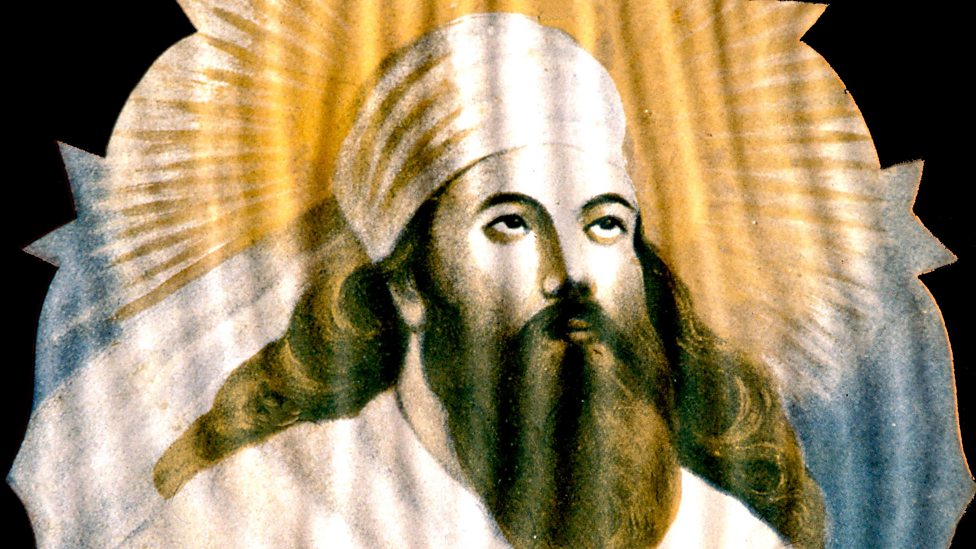
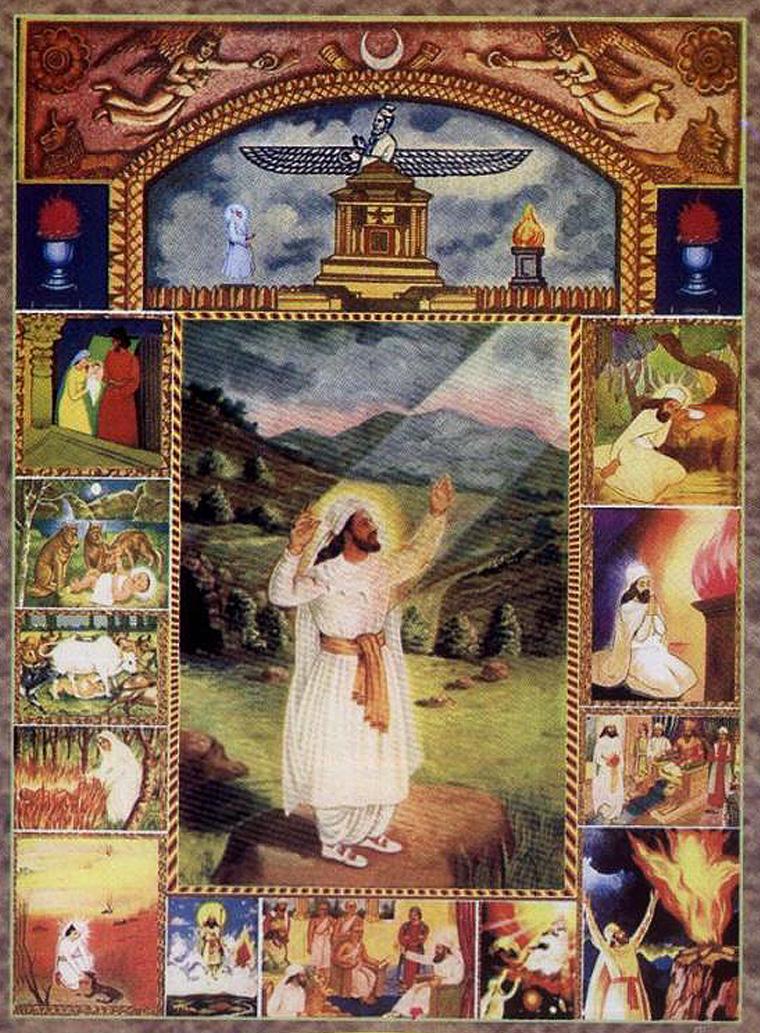
How did Zoroastrian ideas find their way into the Abrahamic faiths and elsewhere? According to scholars, many of these concepts were introduced to the Jews of Babylon upon being liberated by the Persian emperor Cyrus the Great. They trickled into mainstream Jewish thought, and figures like Beelzebub emerged. And after Persia’s conquests of Greek lands during the heyday of the Achaemenid Empire, Greek philosophy took a different course. The Greeks had previously believed humans had little agency, and that their fates were at the mercy of their many gods, who often acted according to whim and fancy. After their acquaintance with Iranian religion and philosophy, however, they began to feel more as if they were the masters of their destinies, and that their decisions were in their own hands.
Zoroastrian Rhapsody
Though it was once the state religion of Iran and widely practised in other regions inhabited by Persian peoples (eg Afghanistan, Tajikistan and much of Central Asia), Zoroastrianism is today a minority religion in Iran, and boasts few adherents worldwide. The religion’s cultural legacy, however, is another matter. Many Zoroastrian traditions continue to underpin and distinguish Iranian culture, and outside the country, it has also had a noted impact, particularly in Western Europe. Centuries before Dante’s Divine Comedy, the Book of Arda Viraf described in vivid detail a journey to Heaven and Hell. Could Dante have possibly heard about the cosmic Zoroastrian traveller’s report, which assumed its final form around the 10th Century AD? The similarity of the two works is uncanny, but one can only offer hypotheses.
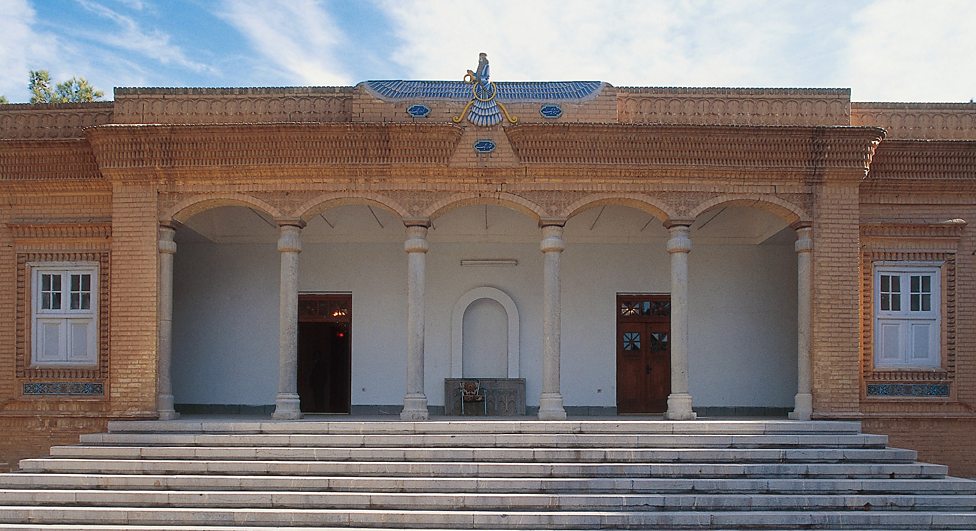
Elsewhere, however, the Zoroastrian ‘connection’ is less murky. The Iranian prophet appears holding a sparkling globe in Raphael’s 16th Century School of Athens. Likewise, the Clavis Artis, a late 17th/early 18th-Century German work on alchemy was dedicated to Zarathustra, and featured numerous Christian-themed depictions of him. Zoroaster “came to be regarded [in Christian Europe] as a master of magic, a philosopher and an astrologer, especially after the Renaissance,” says Ursula Sims-Williams of the School of Oriental and African Studies at the University of London.
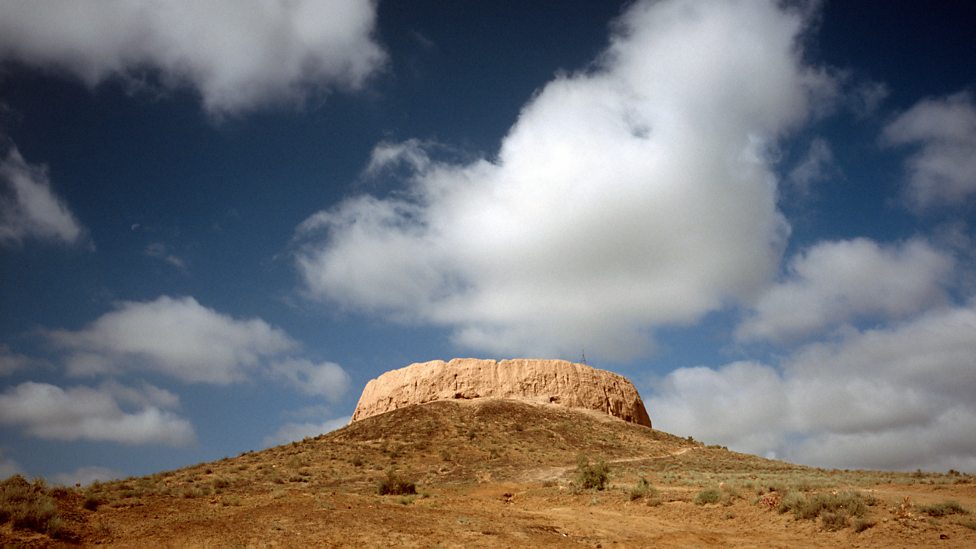
Legacy in Popular Culture
For all its contributions to Western thought, religion and culture, relatively little is known about the world’s first monotheistic faith and its Iranian founder. In the mainstream, and to many US and European politicians, Iran is assumed to be the polar opposite of everything the free world stands for and champions. Iran’s many other legacies and influences aside, the all but forgotten religion of Zoroastrianism just might provide the key to understanding how similar ‘we’ are to ‘them’.

